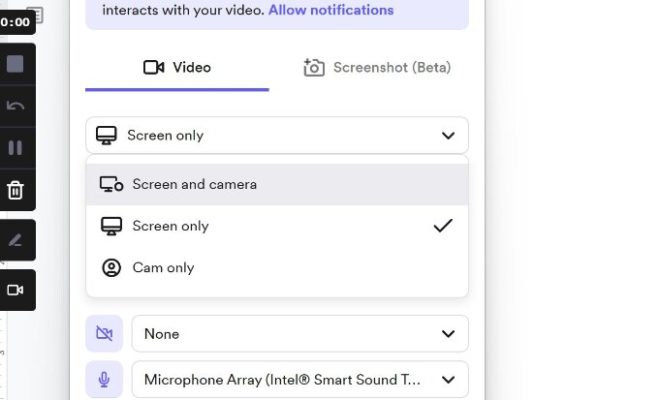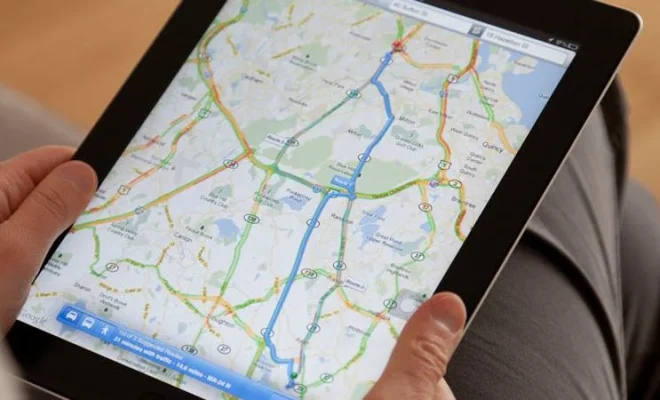Why Do Local Drives on Windows Start From C?

Computer users who use Windows as their primary operating system will notice that when they first open their file explorer, the local drives have assigned the letter ‘C’ as their identifier. This naming convention might seem random or unimportant, but it is actually crucial in the world of computers. But why do local drives on Windows start from C? In this article, we will explore the history and logic behind this convention.
Firstly, it is essential to know that the tradition of assigning drives a letter rather than a name had its roots in 1980s operating systems from Microsoft, such as DOS (Disk Operating System). After that, it was carried over to the contemporary Windows operating system. During the early days, there was no hard disk, and the primary storage devices were removable floppy disks. These disks were incapable of holding, even the smallest of a modern-day file, and thus a single disk was not capable of meeting the storage requirements of contemporary computer applications.
To solve the issue of limited storage capacity, users needed to be able to store data over multiple disks. But, since floppy disks had removable media that were assigned lettered drive labels, users needed a method of distinguishing between the various disks. To address this, as well as make it easier for users to manage the hard drive and other storage devices, the developers of the DOS operating system created a drive letter hierarchy.
The first disk found by the system would be assigned the letter ‘A,’ the second one would be assigned ‘B,’ and so forth. This arrangement made it easy for users to locate and access the data that was saved on their various storage devices.
However, with the introduction of hard disks, there were a few more things to consider. The early versions of DOS allowed users to have two floppy drives, which led to assigning the drive letter A and B to floppy disks. When the hard disk was first introduced, it was assigned the letter C to differentiate it from the floppy disks which had already been assigned letters. Today, the tradition of assigning the hard drive to letter C is still being used.
In conclusion, we can see that the decisions made at the beginning of software development can have long-lasting consequences. While the idea of a drive letter hierarchy may no longer be relevant to modern computing systems, it has become a defining aspect of how computer users interact and manage files on their devices. The letter C of the local drive of Windows may seem irrelevant, but its history reveals the practicality of this convention and how it has been passed down throughout the years.






